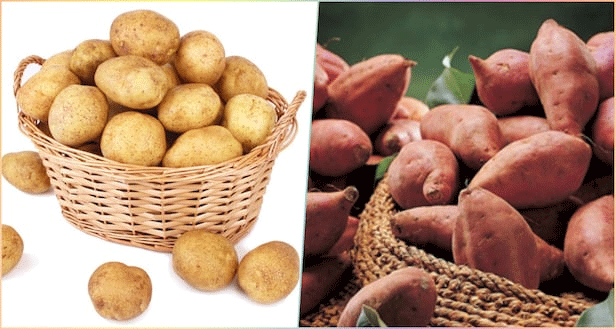In 2024, South Korea celebrates the 200th anniversary of the introduction of potatoes. Since their arrival, potatoes have evolved into a crucial crop, especially in cooler regions like Gangwon Province, where their resilience to cold temperatures made them a suitable substitute for grains. Potatoes are propagated via seed potatoes, enabling rapid initial growth compared to seed-reproducing plants. However, one of the biggest challenges in potato farming has been viral infections that reduce yields by up to 90%. To address this, South Korea has implemented a five-stage seed potato management system, including hydroponic cultivation for initial propagation, which enhances production efficiency and disease control.
Advanced Breeding and Varieties: In recent years, the demand for improved potato varieties has grown, particularly as the widely cultivated “Sumi” potato faces declining yields due to climate change. The “Golden Ball” variety, developed by the Rural Development Administration (RDA), is gaining popularity for its rich taste and yellow flesh, which resists browning. Meanwhile, varieties like “Eunseon” and “Geumseon” are designed for seasonal cultivation, boosting yields in regions like Jeollanam-do and Jeollabuk-do.
Sweet Potatoes: Nutritional Value and Improved Varieties
While sweet potatoes were introduced to Korea around 60 years earlier than potatoes, they have also undergone significant transformation. Sweet potatoes, rich in vitamins B, C, E, potassium, and minerals, are now appreciated for both their taste and health benefits. Notably, varieties like the white-fleshed chestnut sweet potato, yellow-fleshed pumpkin sweet potato, and the hybrid honey sweet potato (combining the best of both) offer diverse options for consumers.
Research Highlights: Recent studies emphasize the antioxidant properties of sweet potatoes, particularly the high content of phenolic compounds in varieties like “Sinjami,” developed by the National Institute of Crop Science. These compounds help combat oxidative stress, offering anti-aging and anti-inflammatory benefits. The RDA has also focused on developing local varieties that are resistant to diseases such as sweet potato rot, a common issue with foreign varieties like the Japanese “Beniharuka.”
Market Trends and Consumer Preferences: Sweet potatoes continue to grow in popularity, especially domestically-bred varieties like “Sodammi” and “Tongchaeru,” which offer superior taste and storage capabilities compared to imported varieties. Additionally, varieties like “Jinyulmi” serve specific consumer preferences for chestnut-flavored sweet potatoes.
The potato and sweet potato industries in Korea are witnessing significant advancements due to improved breeding, disease control, and consumer-driven product development. As climate change poses new challenges, the focus on resilient and high-yield varieties is critical to maintaining and expanding the role of these crops in Korea’s agricultural landscape. Furthermore, the nutritional value and versatility of both crops position them as essential components of a balanced diet, elevating their status from survival crops to health-promoting staples.

